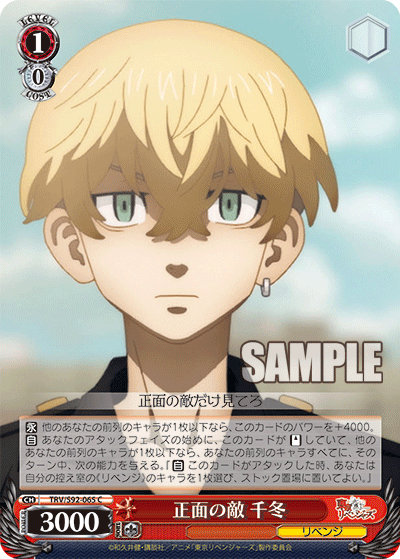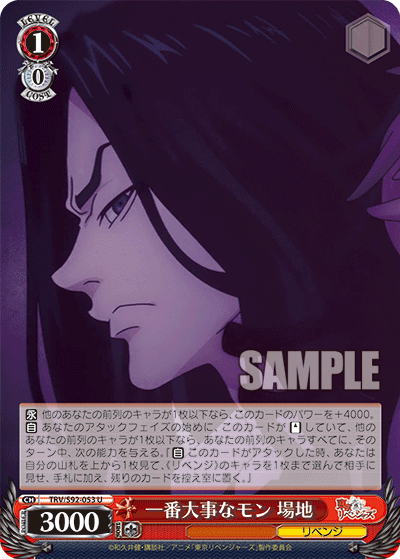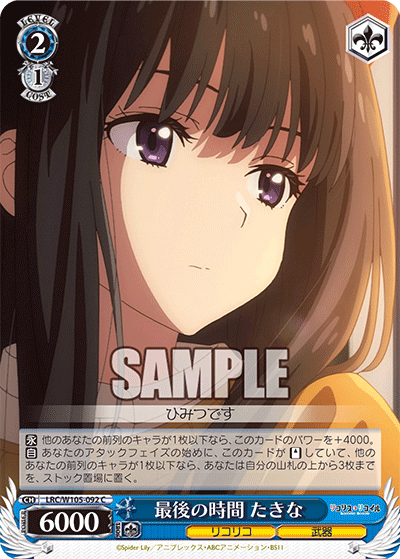Dual-laning cards have seen a bit of resurgence in the recent years. Initially, dual laners were a pairing of cards that were seen as obscure and rather weak. The weaknesses of the profile were quite apparent. Firstly, the quintessential issue of dual laners is that they only provide two attacks a turn, theoretically generating only two resource (stock). Additionally, since dual laners occupy two front row lanes, they can only swing twice, making each swing much more important compared to the usual three lanes. A single cancel can put you heavily behind in the damage race. Lastly, dual laners forcibly open a lane, letting players who play the more traditional full field save at least one single spot in their front row.


I think the set that really ushered in a more positive outlook on the whole dual laners profile was Tokyo Revengers with the infamous Chifuyu and Baji pairing. Chifuyu was essential for charging extra stock while Baji would enable the player to obtain extra hand with both having the condition of having only two characters in your front row at the start of your attack phase. Often, dual laners themselves are powerful cards whose stats and abilities are far superior to those of their more common counterparts. For Chifuyu and Baji, these cards are essentially stand alone 7000 powered cards for no cost and without considering assists, something most cards pray to achieve at that level. Furthermore, without the use of a climax, both cards can achieve extra resources that would normally be unachievable by standard tri-laners. And given the fact that their large power will likely keep them alive for another turn, assuming your opponent doesn’t have an answer, they allow you to continue to gain advantage with minimal costs. This is on top of the fact that the cost of two cards in front also reduces the need to play a third card, saving your hand naturally.
Now Chifuyu and Baji do not escape the downsides of dual laners outlined in the beginning of this post. Cancelling against dual laners can be quite punishing. Pushing damage from behind can sometimes force the player to cancel the dual lane, removing all the benefits from the two and turning them into worse profiles than vanilla characters. However, should you get their effects off, you’ll be racing ahead in the advantage race.


Older profiles of dual laners have existed for a long time. However, few ever really rose to prominence. A large part of this is in part due to the overall focus on power rather than utility or gaining of resources. Furthermore, the general consensus back then was to focus on getting down your tri-lane at least by level one to secure resources for the endgame. Dual laners were risky, and if they did not provide the resources offered by the new-age versions, they were more of a detriment.


The more modern versions of dual laners actually seem quite good to consider. They can garner quite a bit of extra resources usually through extra stock or hand. Additionally, the benefit of not having to commit a third hand and having no reliance on climaxes as requirements can make them quite appealing. Rather than a question of superiority or comparison to that of traditional tri-lane designs, I’d like to think of dual laners as more of an alternative to the general style. It might be worth trying out the design at the very least, and given how many of these cards are uncommon or below, they may be a great budget option to consider as well.